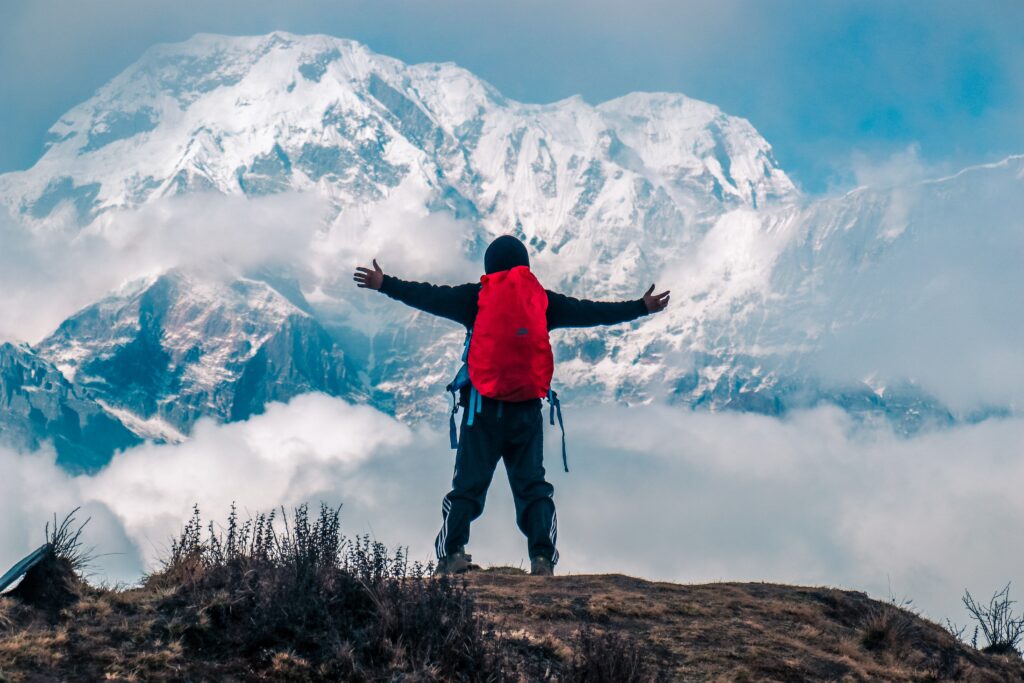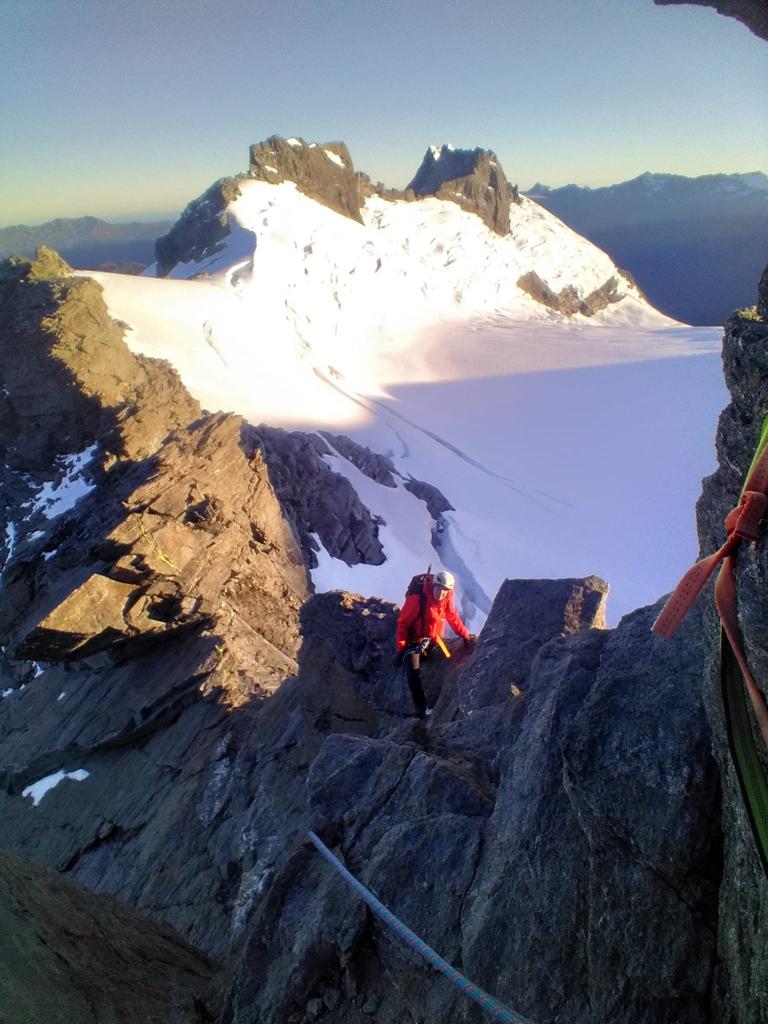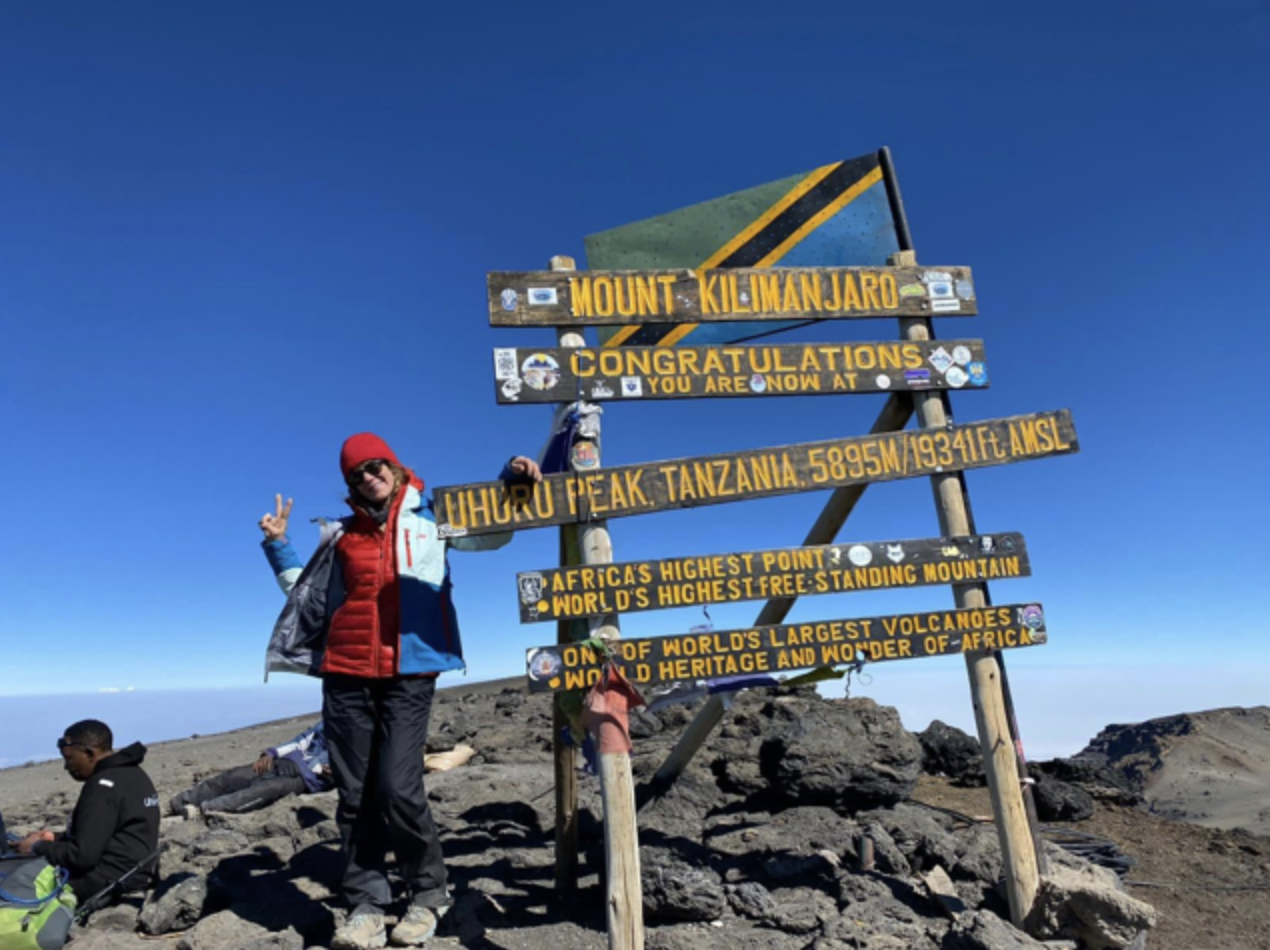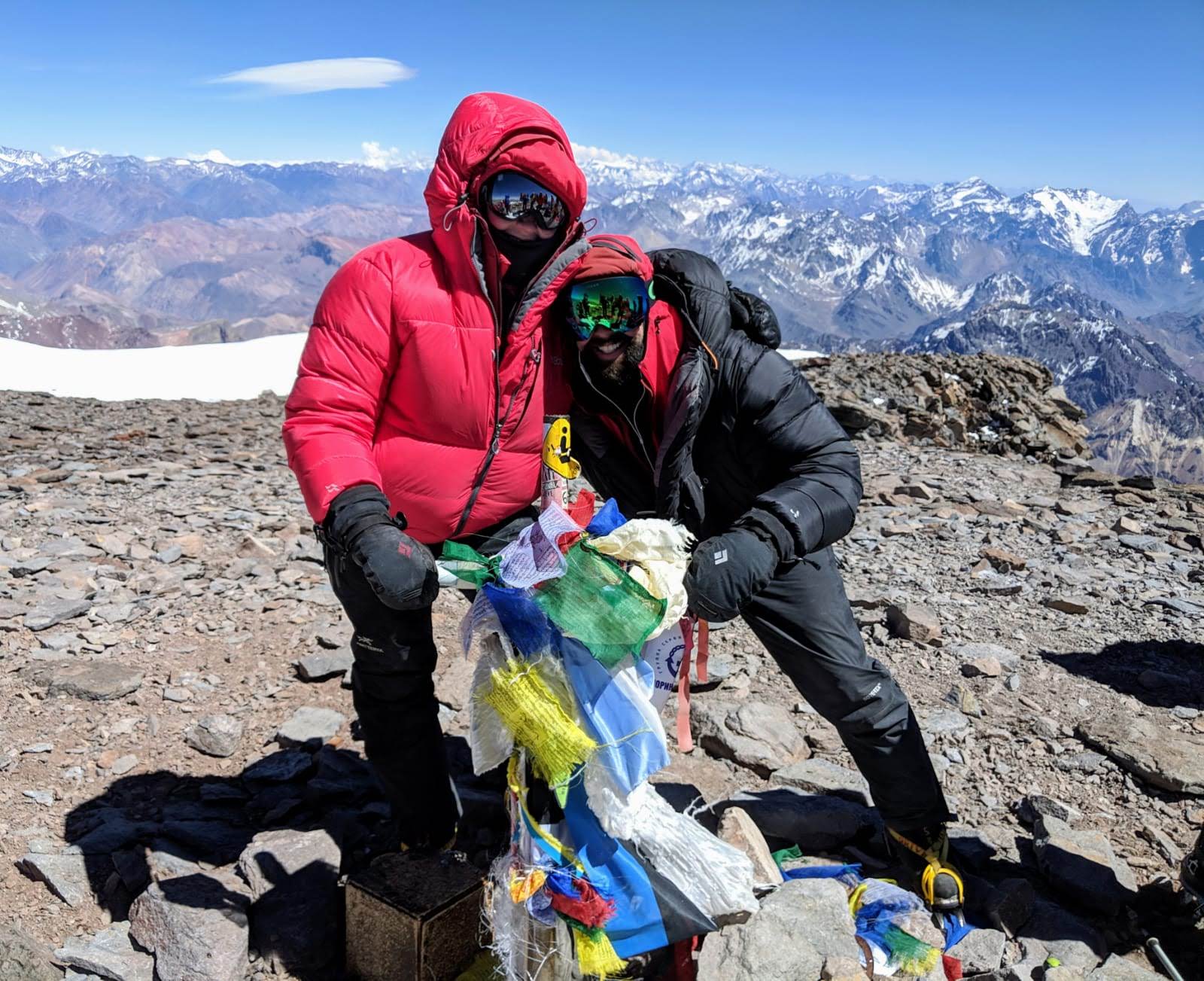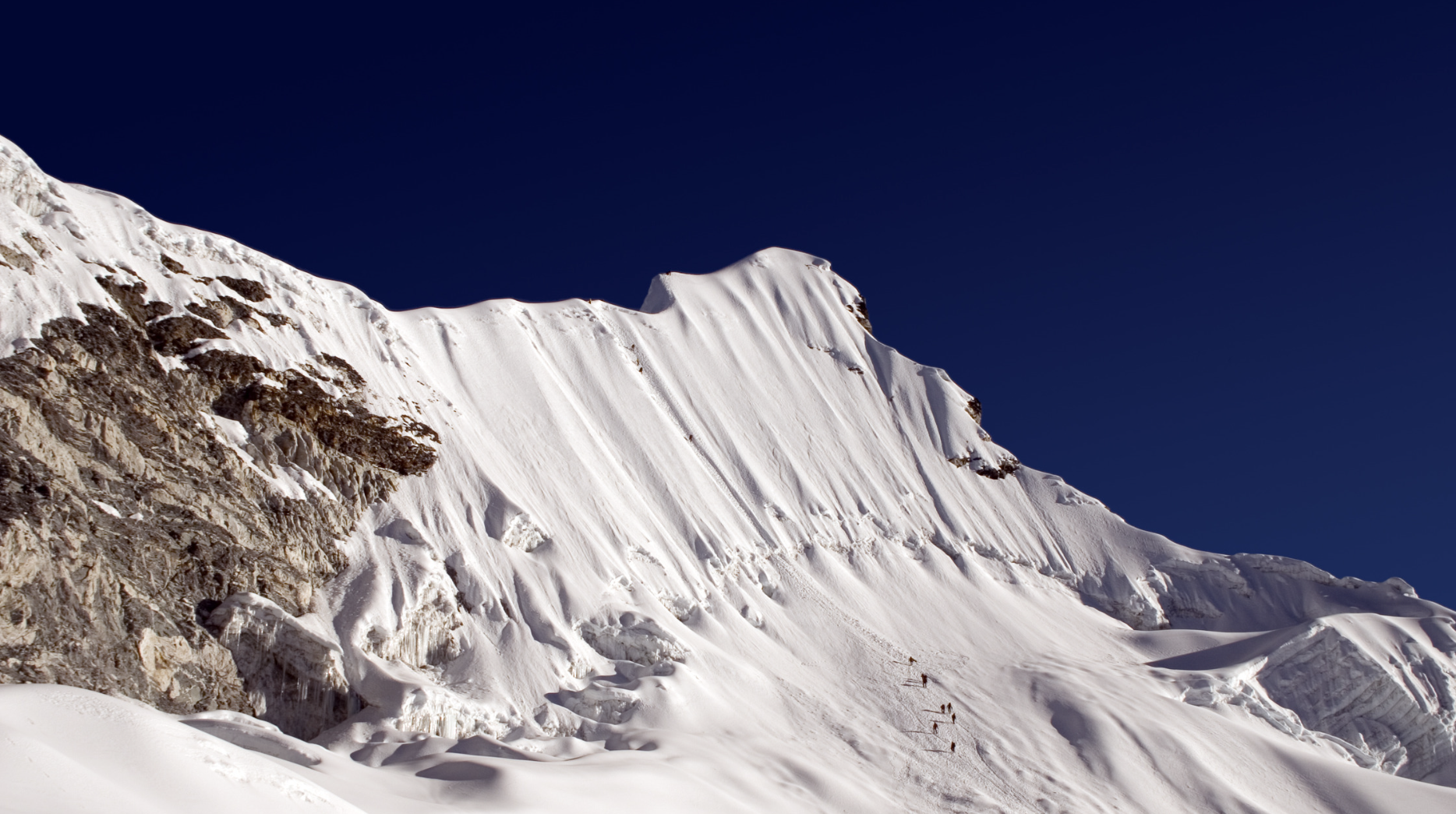Updated: Jun 6, 2020
How Long Is The Annapurna Base Camp Trek?
The Annapurna Base Camp Trek is about 115km. The trek begins in Pokhara and normally takes between 7 and 12 days.
Are There Different Routes On ABC?
There are 2 or 3 potential routes for you to take to get to the Annapurna Base Camp, although all of the routes meet at Chomrong and follow the same route to the base camp.
You can go straight to base camp or take a detour to Ghorepani Poon Hill or take a smaller detour to Ghandruk. Or both! You should plan an extra 3 or 4 days if you include the extra detours.
How High Is The Actual Annapurna Base Camp?
4,130m
Do I Need To Train For ABC?
Yes you absolutely do. Most days you’ll be covering 10 to 20km in distance. Although this trek is classified as “easier” in comparison to the Annapurna Circuit trek, it is still a trek at extreme altitude over an extended period of time that does require you to properly prepare both in your planning and even more so in your training. The accumulation of daily trekking and the altitude can lead to you feeling exhausted and not quite so joyful as you’d expect in such magnificent scenery.
If you want to enjoy it, feel confident from your very first step and of course make it the whole way then you need to train. Here is the ultimate guide to training for the ABC “A Step-By-Step Manual To Mountaineering & Trekking Around The World”. If you’re looking for a coach to help you prepare then check out my Mountaineering & Trekking Training program.
How Do I Get From Kathmandu To The Start Of ABC?
You can take a bus from Pokhara to Kimchi, which will take about 4 hours and cost approximately $3.50 USD. The other option is to take a taxi or jeep to Nayapul, which will take about 2 hours and cost approximately $17.50 USD. You can either start trekking from there or take another jeep or taxi to Gandruk. It will take another 2 hours and cost between $13 and $22 USD.
Guided or Unguided?
The Annapurna Base Camp Trek can be easily done without a guide. In most cases, people prefer doing it that way so they can travel at their own pace and enjoy the intimacy of trekking alone or in a small privately organised group. The route is very well marked with lots of trekkers passing through so you can always stop and ask for help.
Of course you can go with a guide or with a tour provider if you’d prefer but it’s important that you know both options are available and doable.
Highest Altitude of The Annapurna Base Camp Trek?
4,130m (13,549 feet) at the actual Annapurna Base Camp.
Do I Need A Permit?
Yes you do – everyone climbing in the Annapurna area must have one. In Kathmandu you can easily purchase a “Annapurna Conservation Area Permit” (ACAP) and Trekker’s Information Management System Card (TIMS Card) for $20. You will need your passport and 4 passport pictures too. This is the same permit you’d need for the Annapurna Circuit Trek.
When Is The Best Time To Do The ABC?
The best time to go is between April and May. It can be a little wet but it’s a beautiful time of year as the season changes into spring and the flowers begin to bloom.
Don’t worry if April and May don’t fit your calendar, you can also go between October and November when the weather is drier and warmer as the season moves into autumn.
Annapurna Circuit (ACT) vs. Annapurna Base Camp (ABC) Trek?
ACT is longer and harder with a higher maximum altitude point. ABC is shorter and takes less time. For a better insight into the two potential treks, read this:
“Annapurna Circuit Trek or Annapurna Base Camp? And What’s The Difference?”
What Is Accommodation Like On The ABC Trek?
If you’re expecting 5* accommodation then you’ll be disappointed, but if you’re expecting nice, Nepalese homey type guesthouses then you’ll be pleasantly surprised. There are little guesthouses in almost every village that you pass with the basic facilities such as rooms with 2 beds or a dorm room that can fit 7 to 8 people. In most cases you’ll be using shared bathrooms. Most places provide a thin mattress, pillow and blanket but it is better to bring your own sleeping bag.
Most guesthouses have the rule that you have to eat at the guesthouse in order to get a room. The food can be a hit or miss depending on how broad your taste buds are. The signature meal of the area is Dal Bhat but there also tends to be a wide range of pasta, rice and eggs.
How Much Does The Annapurna Circuit Trek Cost?
If you are going solo then you should expect to pay between $300 and $500 USD for your permit, food, drinks and accommodation. You won’t find an ATM until you finish so make sure you carry enough cash with you for the entire duration of your trek. If you decide to arrange your own group and then hire a guide, then you should expect to pay about $25 per day. For the additional help of a porter, expect to pay about $15 per day.
If you decide to join a small group with a tour provider then you should expect to pay between $1,000 and $2,000 USD.
